My favourite painting: John Chatfeild-Roberts
John Chatfeild-Roberts of the British Sporting Art Trust chooses a classic Munnings image.
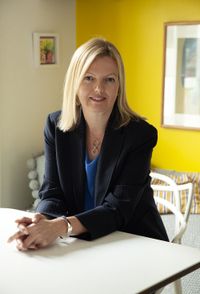

John Chatfeild-Roberts on The Young Entry, A Snowy Road, Woolsthorpe by Sir Alfred Munnings
‘The Belvoir Hunt is close to my heart. You can still see that timeless 1921 scene today and I often drive up that road with its distinctive woodline. Munnings’s ability to capture a scene with a paintbrush and his avant-garde use of colour was exceptional — look at the turquoise on the white coat and the snow! Ernie Braisby wore the orange scarf in the foreground. He told John Holliday, then second Belvoir whipper-in, in 1990: “That Mr Munnings was a right one. If you didn’t look busy he’d have you holding a horse for hours!” The reality behind great art.’
John Chatfeild-Roberts is chairman of the British Sporting Art Trust
Charlotte Mullins comments on The Young Entry, A Snowy Road, Woolsthorpe
In 1921, Major Tommy Bouch, master of the Duke of Rutland’s hounds, commissioned Alfred Munnings to study the Belvoir Hunt. He gave Munnings unfettered access and the artist took full advantage, living with Bouch for several months, waking at dawn to witness hound exercise, sketching the aristocrats who rode with the Duke and the kennelmen and stablehands who orchestrated proceedings.
Munnings had fallen in love with painting horses as a young man and was a keen follower of hounds, so this commission must have thrilled him. He sketched and painted every work in situ, using broad, fluid brushstrokes to capture the flick of tails, the swish of coats, the sparkle of sunlight on snow. In The Young Entry, A Snowy Road, Woolsthorpe, we see a kennelman in his long white stable coat taking hounds out for their morning exercise, helped by two young trainees. The snow in the lane looks soft as butter and the long shadows imply an early start. The blue sky above the skeletal woods is barely brushed in to ensure our focus is on the hounds, who surround the three men with their noses low and sterns high.
Munnings fretted about showing this series of paintings at the Alpine Club in London in the spring of 1921, caveating the works as ‘impressions’ done ‘from the spot’. He had no need. They were a resounding hit, selling well and leading to new opportunities for the artist who would end up becoming president of the Royal Academy of Arts in 1944.
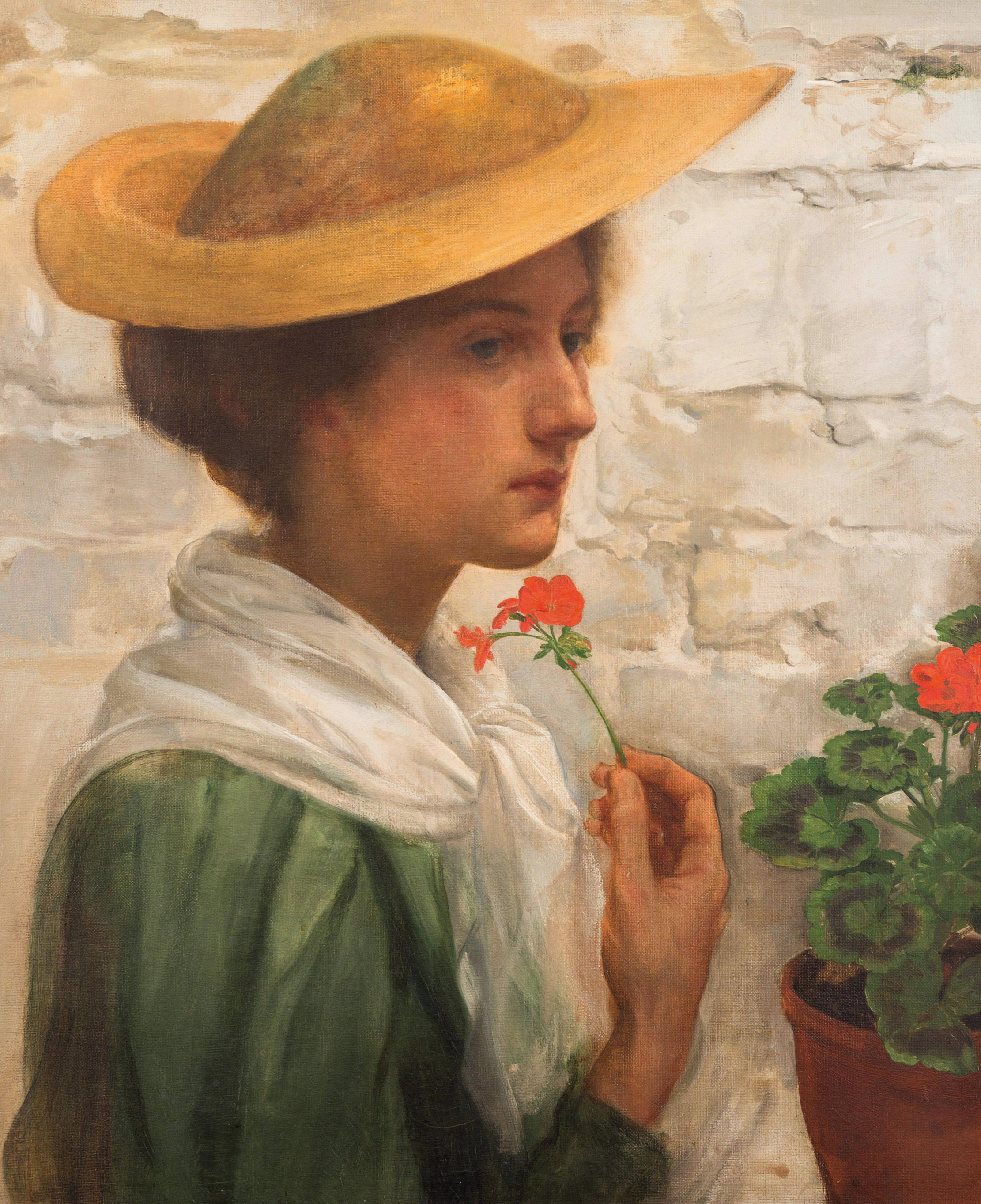
My Favourite Painting: Robin Hanbury-Tenison
The explorer Robin Hanbury-Tenison chooses a charmingly traditional portrait that resonates with a long-gone age — yet behind which lurks a
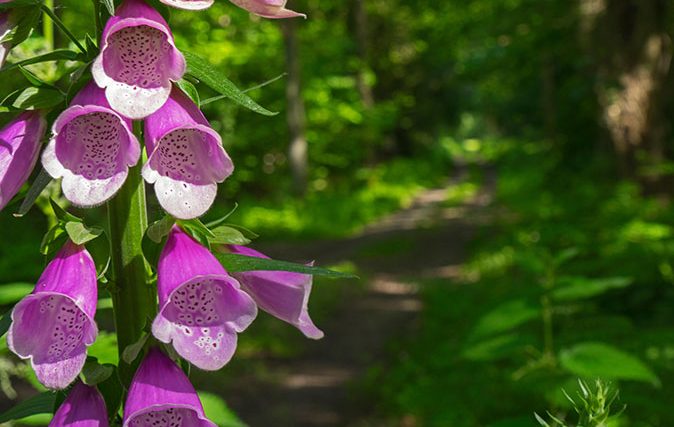
The incredible tale of the foxglove, from curing to disease to inspiring Van Gogh’s most striking paintings
A tale of skulduggery, poisoning, witches and even marketing men runs through the history of the foxglove, as Ian Morton
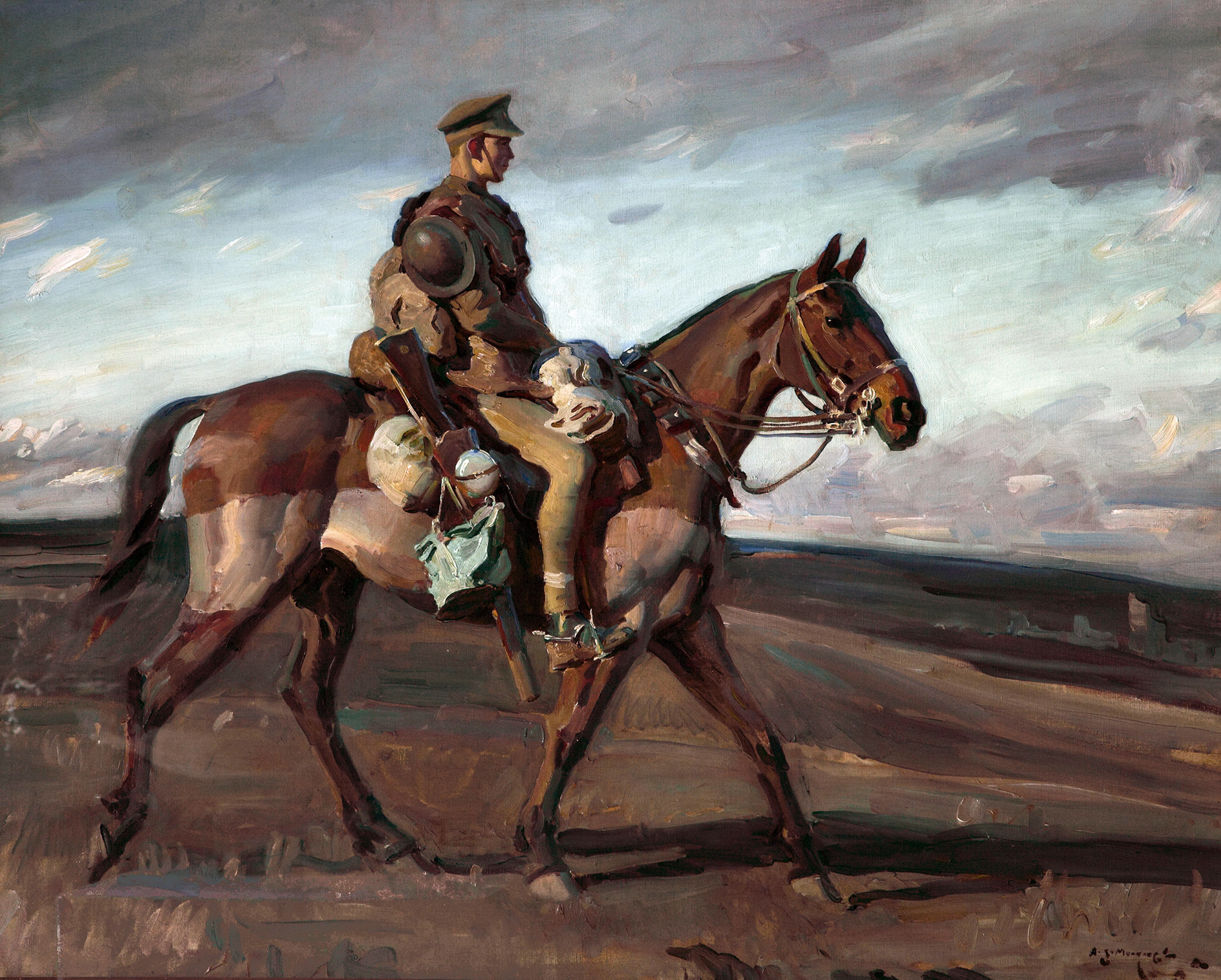
In Focus: Alfred Munnings, the straight-talking, self-promoting artist who preached that art was 'to fill a man’s soul with admiration and sheer joy'
Pictures should ‘fill a man’s soul with admiration and sheer joy’, Sir Alfred Munnings famously said. Octavia Pollock charts his
Exquisite houses, the beauty of Nature, and how to get the most from your life, straight to your inbox.
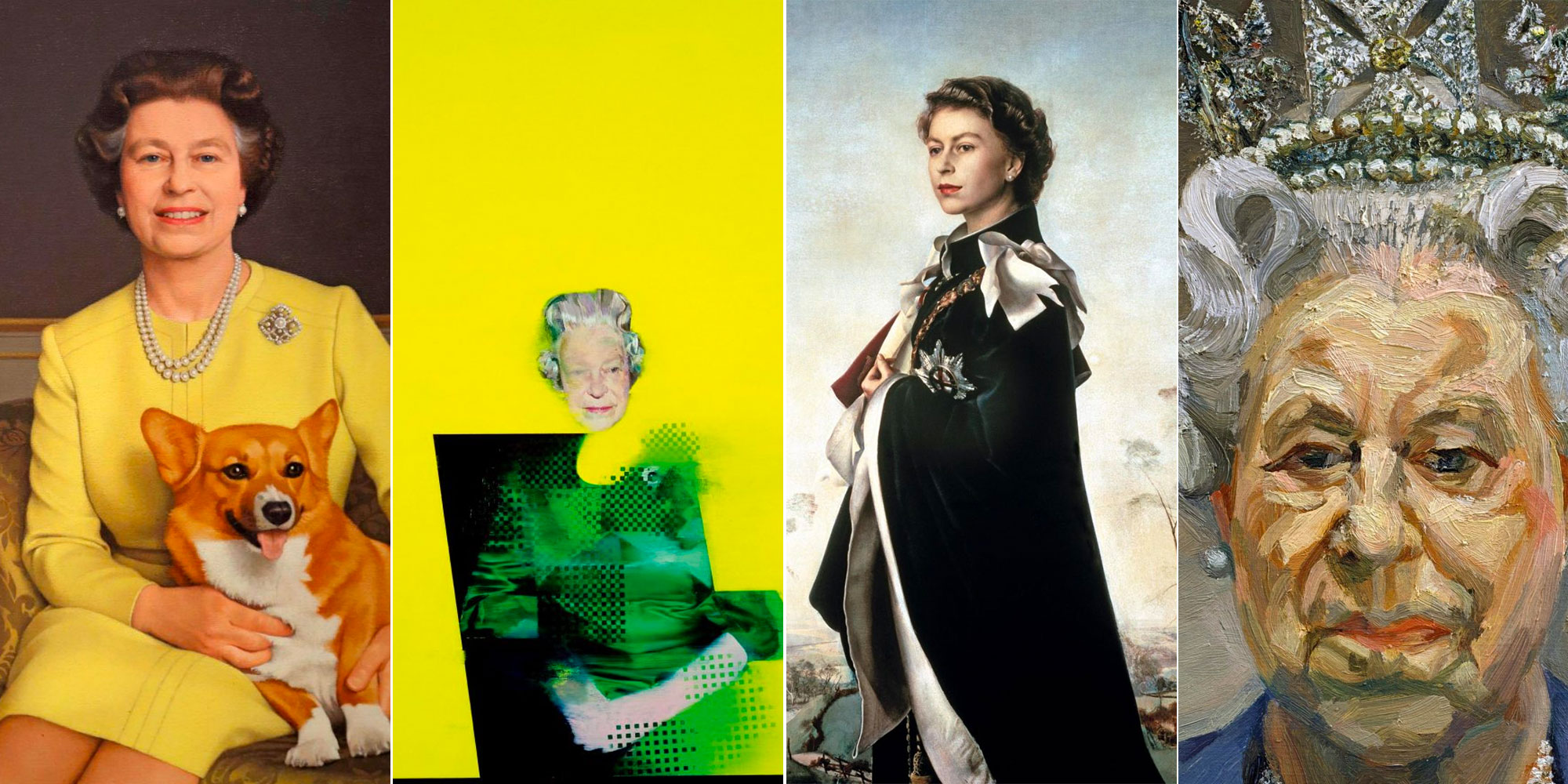
The Queen's official portraits: Seven of the most extraordinary paintings from 70 years and over 1,000 sittings
Her Majesty Queen Elizabeth II has been painted literally thousands of times since she came to the throne. Charlotte Mullins

Charlotte Mullins is an art critic, writer and broadcaster. Her latest book, The Art Isles: A 15,000 year story of art in the British Isles, will be published by Yale University Press in October 2025.